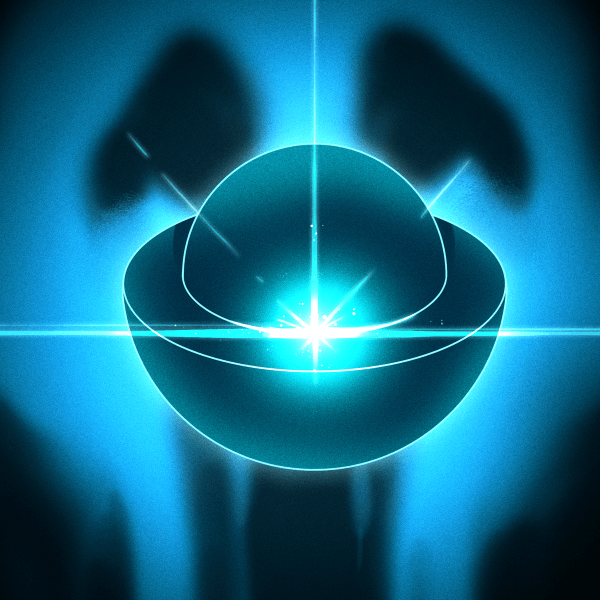If you want to creep everyone out, [Hunter Irving] has your back. He found a weird, creepy knock-off Thomas the Tank Engine toy and mounted a servo to it. This animatronic face is really, really creepy and has the aesthetic of a pastel plastic hell of the forgotten toys destroyed in a day care in 1991. It probably smells like a thrift shop. This rosy-cheeked locomotive shall derail your soul. It sings karaoke.
Like badges? Sure you do. Ph0xx is the badge for the upcoming Fri3d Camp, a family hacker, maker, and DIY camp in Belgium with 600 attendees. The badge features an ESP-32, two 5×7 LED arrays, accelerometer, an 18650 battery with protection and a charger, expansion headers, and this badge is compatible with Lego Technic. Oh yes, they went there.
We’re filing this under ‘but why’. It’s a custom Mercedes-Benz motorcycle, with a sidecar, that looks like an early 80s Benz convertible. [Maarten] stumbled upon a few pics of this, but the google-fu is weak in trying to get some information about this build. Who built it? Why? Does it run?
Here’s something near and dear to my heart: my greatest contribution to humanity so far. The Shitty Add-On spec for this year’s batch of Def Con badges is the reason badges now have their own badges. Now it’s time for a slight upgrade to the standard, and I need your help. The SAO standard 1.1bis will retain the VCC/GND/SDA/SCL layout of the first revision, but to increase mechanical stability and decrease the complexity of populating the headers, we’re adding two pins. Here’s the question: what should these two extra pins do? The current options are adding TX and RX to the standard, or two GPIOs that are undefined, but able to be utilized by each badge team for their own purposes. Those are the two options, but I’m looking for your input in the comments. Hurry up, because we have Superconference badges to build.
You should know the Primitive Technology channel on YouTube. This week he made another step towards the iron age. The basic idea behind this channel is a guy in Australia playing Minecraft in real life, building everything he can, starting with the technology of punching trees. The latest video shows his process for smelting iron. The iron comes from iron-bearing bacterial sludge found in a creek. The geologic disadvantages of northeastern Australia notwithstanding, he’s doing everything else right. He’s making charcoal, and turning that sludge into something that could be a bloom of iron.

















One of the extra pins could be unregulated power directly from the battery, for the more power-intensive applications where you don’t want to make the LDO on the badge glow. The other could be a neopixel bus maybe?
A PWM pin for controlling the light intensity also comes to mind.
If you were to have an unregulated power available on the pins then it would be good to make it switched at the least (so it’s not permanently ‘live’), that way it’s safe to accidentally plug in headers in any orientation and only until after a successful I2C query (thereby confirming correct orientation) does it get turned on. The 3v3 (“Vcc”) is still permanently available to at least get an initial confirmation of an I2C device, which won’t consume much current from the get-go so not straining any regulated supply on the badge.
Undefined gpio means “all things are possible” through the art of bit-banging. It would seem to be the most versatile option.
I’m speechless. Brian has improved all of humankind with that creepy karaoke Thomas video. I don’t think I’ll be able to go to sleep tonight, now!
The karaoke bot had it’s own article here: https://hackaday.com/2018/08/13/thomas-the-terrifying-karaoke-robot/
Why also in hackaday links?
A classic case of “the right hand doesn’t know what the left is doing”.
“It probably smells like a thrift shop.” So either like Ben Gay or pee smell?
Your thrift shops must be awful.
I would think more about musty books.
“This rosy-cheeked locomotive shall derail your soul. It sings karaoke.”
No worse than Chuckie.
One of the extra-pins could simply be an interrupt-pin for when the add-on would like to notify the host-board about an event.
This is a great idea. Tons of real-world I2C devices have this, adding it to shitty add-ons would make them vastly more useful.
I am all in favor of any option for the SAO++ header to provide async serial.
I need this for my SAO for next year, DRM-114. I have some hopes and/or prayers that someone somewhere will make a badge that can be coerced into being a dumb terminal.
https://hackaday.io/project/160434-drm-114
> I have some hopes and/or prayers that someone somewhere will make a badge that can be coerced into being a dumb terminal.
The idea is already taken.
Serial IO can be leveraged into unlimited IO pins and more interactivity at the add-on badge.
Isn’t that what the SCL/SDA pins (as part of the I2C bus) already does? Using the extra pin as an open-drain alert pin allows using such already defined protocols like SMBALERT with the SMBus Alert Response Address.
Most uCs with UART peripherals also allow those pins to be used as GPIO, why not specify “GPIO/TX” and “GPIO/RX” and expect that both functions are available in most situations?
“…my greatest contribution to humanity so far”
I love the optimism embodied in the “so far”. Keep at it!
That Mercedes motorcycle does not belong in a museum, it should be a daily rider.
The Mercedes motorcycle has the 4 cylinder OM616 engine and everything. It seems to literally be a w123 240D turned into a motorcycle and sidecar. That’s way crazier than ”looks like an old Mercedes” can describe.